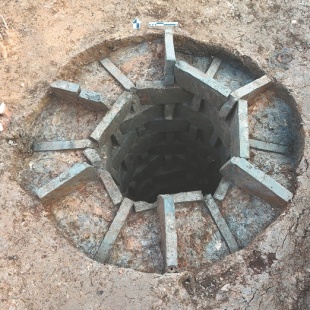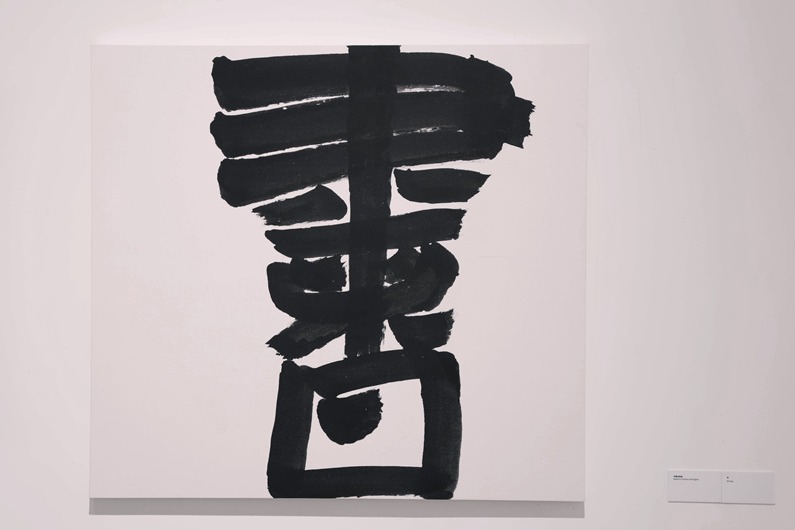New finds indicate a legendary state in Shaoxing


The latest archaeological discoveries in Shaoxing in Zhejiang province appear to confirm records of the existence of a legendary state millennia ago.
Complex large-scale foundations from the Yue State, which existed during the Warring States Period (475-221 BC), have been discovered for the first time in Shaoxing ancient city, which is known to have been the site of an important Yue capital, scholars explained at a recent news conference at the National Cultural Heritage Administration in Beijing.
The Jizhong Site in Shaoxing was discovered during a construction project at the Shaoxing Jishan High School last year. It has yielded results over the past five months since archaeological efforts started in February. The area under excavation covers nearly 3,000 square meters.
Li Longbin, director of the Shaoxing Institute of Cultural Relics and Archaeology, says that the remains of wooden foundations from the Warring States Period and the Han Dynasty (206 BC-AD 220) are densely distributed across the site. The later Han complex was built on the site of an earlier structure covering an area of 2,385 square meters.
Based on records, archaeologists believe that the Warring States Period relics are from the Yue, a state that ruled part of today's Zhejiang and Jiangsu provinces and Shanghai.
A large number of tiles have been found from both periods, which imply the existence of important buildings. "From the Warring States Period to the Han Dynasty, only important buildings had tiles. The large number and types of tiles unearthed clearly indicate that the site was originally home to important buildings," says Li.
Moreover, archaeologists have found that the original complexes were built on high platforms, indicating they were government offices since at the time only government buildings were elevated.
The complexes from both periods show evidence of buried wooden foundations and buildings on platforms. "This shows an innovative way of building that probably combines the use of traditional Yue state stilt houses and Central Plains-style buildings," says Li.
"I believe this is a way of construction invented by the Yue prevented their buildings from settling. …Then when the Han rulers built there, they inherited the Yue methods," he adds.
Qin Dashu, an archaeology professor at Peking University, says that the earliest foundations are well-preserved, and display characteristics very different to contemporaneous structures in northern China, and thus play an important role in the history of the country's architecture.





































